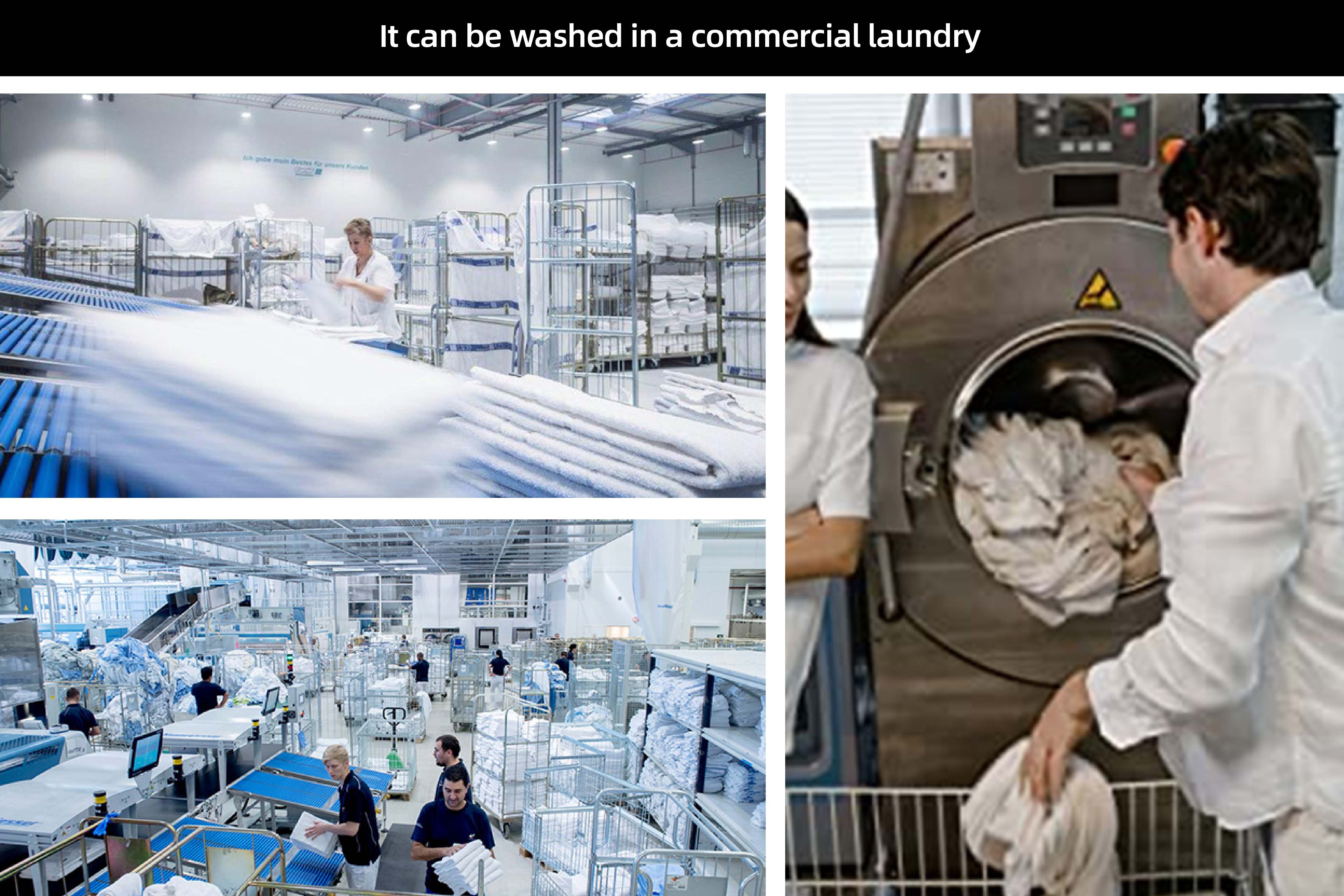However, flannel sheets can be made of cotton, wool, or synthetic fibers, leaving brushed cotton a good balance of breathable and warm.
...
2025-08-15 02:27
229
